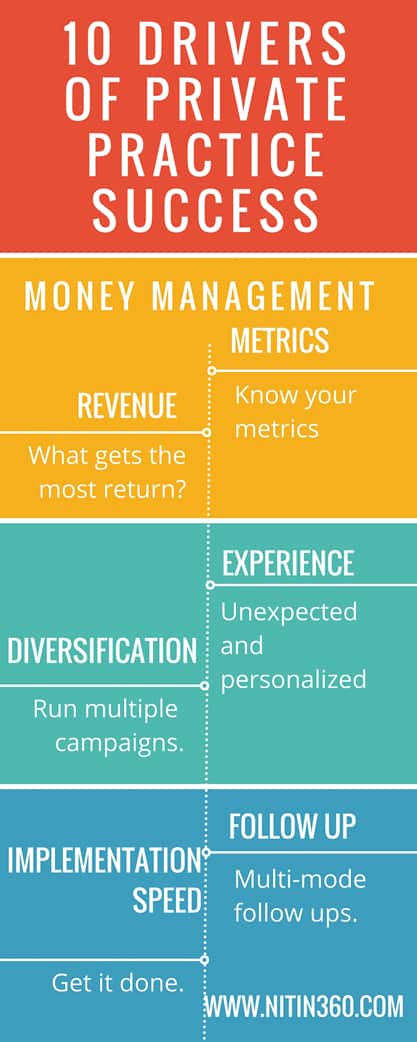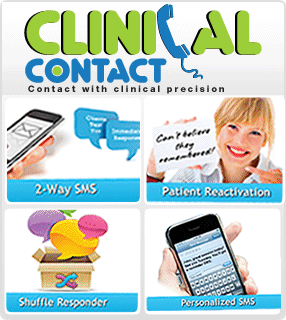Most occupational therapy programs aim to provide its graduates with the knowledge, skills, and understanding that are necessary to practice general occupational therapy at the entry level, and to build a foundation for later specialization.
Typically, occupational therapy programs incorporate five strands in their curriculum. These strands consist of the four aspects of human occupation:
(a) body structure/function
(b) task/activity or function
(c) participation or occupation
(d) context: family, environmental, sociocultural
(e) clinical and research reasoning.
The strands are bound together to lead directly to the clinical practice of occupational therapy, which includes evaluation, intervention planning and implementation, documentation, supervision, administration, consultation, research, and health care planning.
Occupational therapy programs arm the graduate with the knowledge, skills, understanding, values, and professional behaviors of a well-prepared, entry-level therapist. Occupational therapy programs try to build the basis for general practice, upon which graduates may base lifelong, continuing education, and later professional specialization if they wish. During the final semester of the academic portion of the curriculum, students, under faculty supervision, have full responsibility for evaluating and treating clients in clinics attached to the university. Students also participate in groups providing services off-campus for individuals with psychosocial needs.
Occupational therapy programs are structured so that by the end of the course, the students are able to:
- Demonstrate the ability to move fluidly in the analysis of human occupation among data pertaining to participation, contextual factors, activities and tasks, and body functions and structure.
- Frame problems of human occupation in accordance with current theoretical models and frames of reference.
- Devise therapeutic intervention plans and programs for individual clients,for groups of clients,and for settings.
- Demonstrate the ability to investigate and gather data systematically and logically.
- Test hypotheses during and after the course of intervention through further data collection and interpretation.
- Demonstrate professional values and understanding that exhibit appreciation for the diversity of human values, occupation,and overt behaviors of people of various cultures and backgrounds.
- Exhibit the expected qualities of character and competence of a professional health care practitioner.
- Demonstrate an understanding of the relationships between practitioners and clients,among practitioners,and between people and the health care system.
- Demonstrate a substantial level of independent,self-directed learning.
- Demonstrate the skills and knowledge for effective practice in a variety of medical,educational,and community-based settings.
Many of the occupational therapy programs place great emphasis on developing writing and documentation skills.
However, as is evident, occupational therapy programs completely neglect teaching any kind of business or marketing skills that the graduates would require while setting up their own practice. It is unfortunate that the occupational therapy programs only equip its students with clinical skills and no real world knowledge that they would need to get clients and keep their practices profitable.






